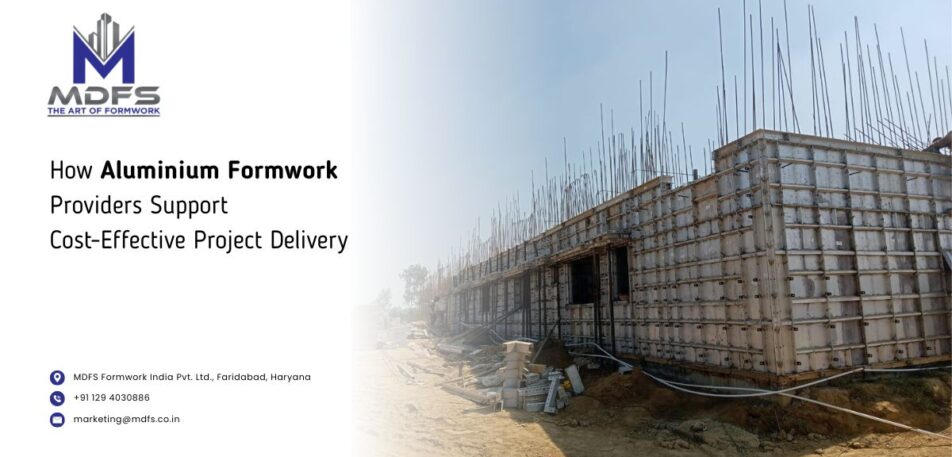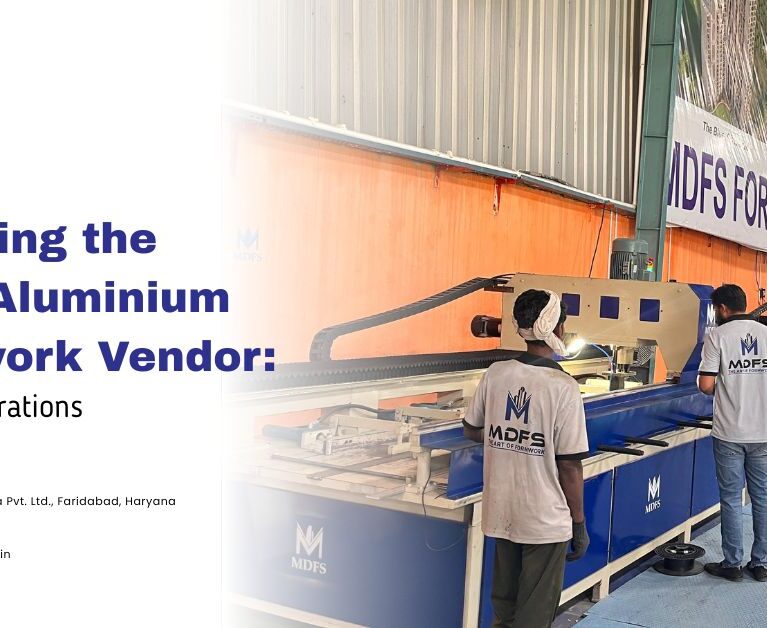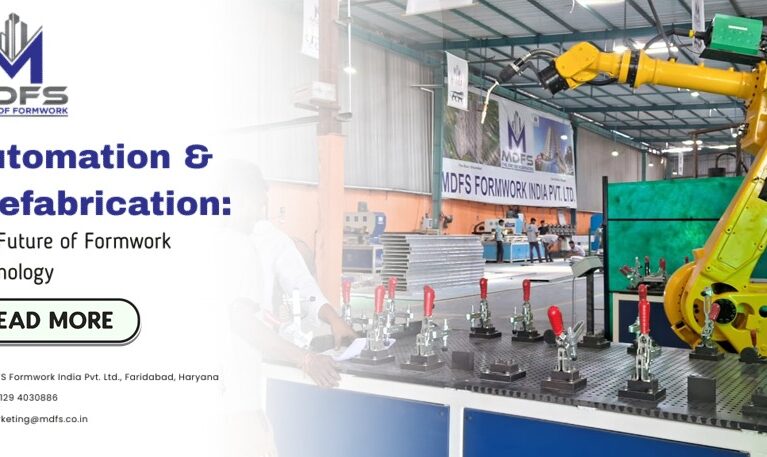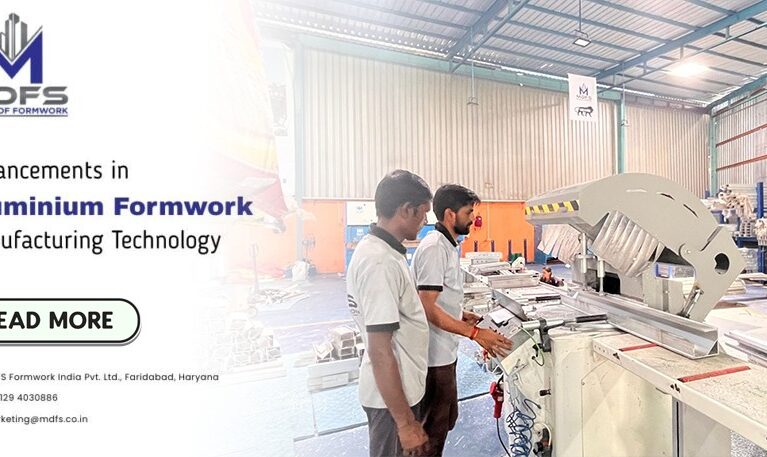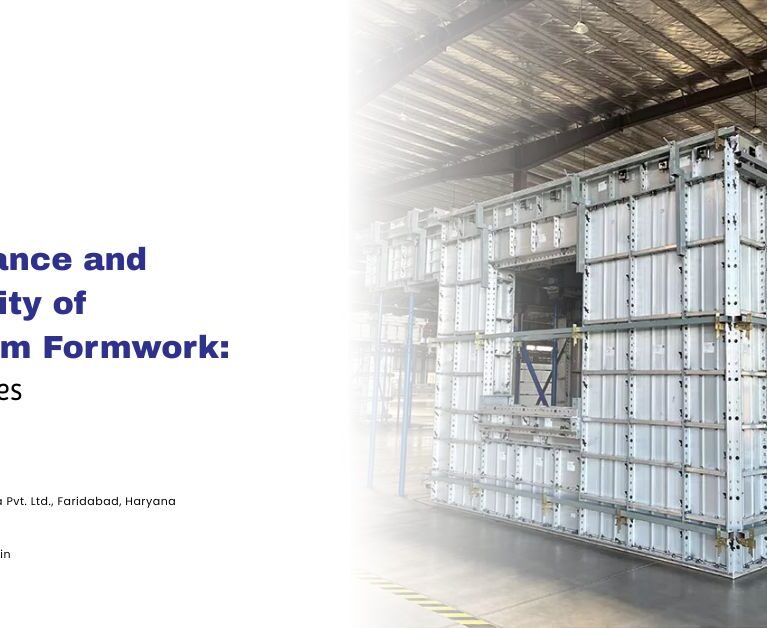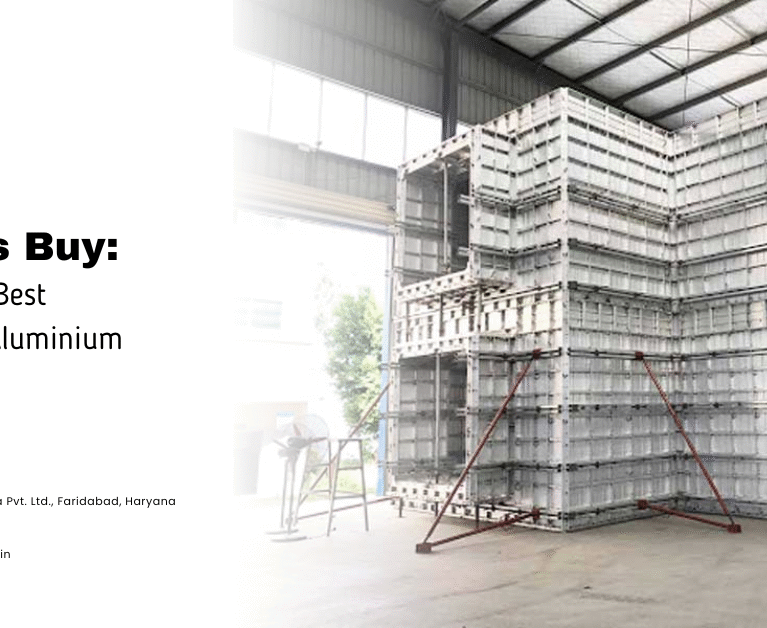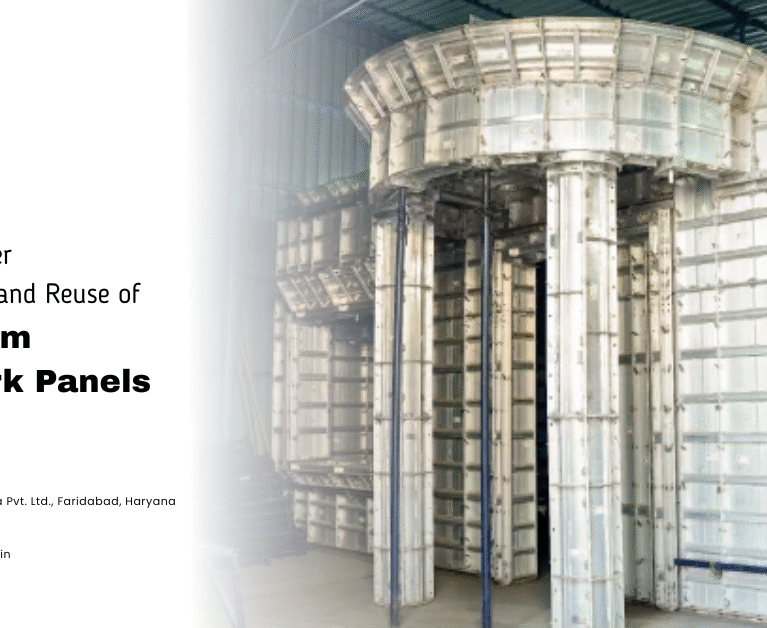In modern construction, speed, efficiency, and quality are essential to staying competitive. Whether it’s residential, commercial, or infrastructure projects, developers are under increasing pressure to reduce costs while maintaining structural integrity and meeting deadlines. One solution gaining momentum worldwide is the use of aluminium formwork systems.
Beyond the technology itself, aluminium formwork providers play a critical role in making these cost efficiencies a reality. Their expertise, equipment, and support services help builders accelerate project timelines, minimize material waste, and achieve consistent quality all of which contribute to cost-effective project delivery.
Understanding Aluminium Formwork
Aluminium formwork is a lightweight, reusable, and high-precision shuttering system used for casting concrete structures. Unlike conventional wooden or steel formwork, aluminium systems are engineered for speed, accuracy, and durability.
Key benefits of aluminium formwork include:
- Rapid construction cycles — faster assembly and dismantling
- High dimensional accuracy — ensuring better structural quality
- Long service life — typically reusable for over 100 cycles
- Reduced finishing costs — smoother concrete finishes eliminate the need for heavy plastering
- Lightweight structure — easier to handle on-site, reducing labor strain
When these technical advantages are paired with the right aluminium formwork providers, the impact on overall project cost and delivery schedule can be significant.
- Faster Construction Timelines = Lower Project Costs
Time is one of the most critical cost drivers in construction. Delays often translate into increased labor costs, extended equipment rentals, and lost revenue from postponed occupancy or handovers.
Aluminium formwork providers help reduce construction time in several ways:
- Pre-engineered solutions: Panels are designed and fabricated to precise dimensions, ensuring quick on-site installation.
- Rapid cycle times: Typical formwork cycles can be reduced to as little as 4–7 days per floor for high-rise projects.
- Streamlined workflows: The uniformity of aluminium panels minimizes the need for on-site adjustments, cutting down on rework time.
By accelerating each construction phase, contractors can complete projects sooner which directly translates to lower overhead costs and improved cash flow.
2. Reusability Drives Long-Term Savings
Traditional timber or plywood formwork typically lasts for only a handful of uses, leading to frequent replacements and additional procurement costs. Aluminium formwork, by contrast, can be reused over 100 times with proper maintenance.
Leading aluminium formwork providers offer durable systems that maintain their shape and integrity across multiple projects. This reusability means:
- Reduced material costs over the lifecycle of multiple buildings
- Lower waste generation, aligning with sustainable building goals
- Economies of scale for developers managing multi-phase or multi-location projects
The more times the system is used, the lower the effective cost per use making aluminium formwork one of the most cost-efficient solutions available.
3. Precision Engineering Reduces Finishing Costs
Poor-quality formwork often leads to uneven surfaces and misalignments, which then require extensive plastering and finishing work. Aluminium formwork panels are engineered to tight tolerances, resulting in smooth concrete finishes and sharp, clean lines.
The result is:
- Minimal plastering and finishing work
- Lower material and labor costs for surface treatments
- Faster transition to subsequent project phases like painting and interiors
This precision directly impacts total construction cost by reducing hidden expenses that often accumulate during the finishing stage.
4. Reduced Labor Requirements and Improved Productivity
Another major advantage of working with experienced aluminium formwork providers is labor efficiency. Aluminium systems are lightweight and modular, allowing for:
- Easier handling and installation without specialized equipment
- Smaller crew sizes compared to traditional formwork
- Fewer skilled workers required, lowering labor costs
Providers also offer training and technical support to ensure the construction crew can assemble and dismantle the system efficiently. This improved productivity shortens project timelines and cuts operational expenses.
5. Provider Support Enhances Cost Control
Choosing the right aluminium formwork provider goes beyond the physical product. Top providers offer end-to-end support that helps construction companies optimize project costs and outcomes:
- Customized design and engineering based on project specifications
- On-site technical assistance during installation and early cycles
- Logistics and supply chain coordination to avoid costly delays
- Maintenance and refurbishment services to extend product life
This comprehensive support ensures the system is used to its full potential, preventing cost overruns caused by installation errors or scheduling bottlenecks.
6. Sustainability Brings Long-Term Value
Sustainability and cost-efficiency often go hand in hand. Aluminium formwork is fully recyclable, generates less waste, and supports lean construction practices. Working with sustainable aluminium formwork providers can also help:
- Meet green building certification requirements
- Reduce disposal costs compared to timber or plywood waste
- Strengthen ESG credentials for developers and contractors
This not only saves money over time but can also enhance a company’s reputation in competitive bidding and public-sector projects.
7. Scalability for Large-Scale Projects
For developers managing large residential or commercial developments, scalability is crucial. Aluminium formwork systems are designed to support repetitive structural designs, making them ideal for high-rise buildings and mass housing projects.
Providers can supply and manage formwork systems across multiple sites, enabling:
- Centralized planning and resource allocation
- Consistent quality across different project phases
- Faster mobilization and demobilization
- Lower per-unit construction costs
This scalability is one of the main reasons why aluminium formwork has become a preferred solution for large developers and EPC contractors.
How to Choose the Right Aluminium Formwork Provider
The cost benefits of aluminium formwork depend heavily on the expertise and reliability of the provider. When evaluating potential partners, consider:
- Proven experience and track record in similar projects
- Ability to provide tailored engineering solutions
- Availability of training and on-site support
- Clear maintenance and refurbishment programs
- Strong logistics capabilities and delivery timelines
A reliable provider isn’t just a vendor, they become a strategic partner in ensuring cost-effective, high-quality project delivery.
Final Thoughts
Cost-effective project delivery in construction depends on speed, precision, and efficiency. Aluminium formwork delivers on all three but the real value emerges when these systems are backed by experienced aluminium formwork providers who offer technical expertise, reusability, and support at every stage of the project.
From reduced labor costs to faster completion times, improved finishes, and long-term sustainability, aluminium formwork is more than a construction tool; it’s a strategic investment in modern building efficiency.
By partnering with the right provider, developers can not only save costs but also build smarter, faster, and better.


